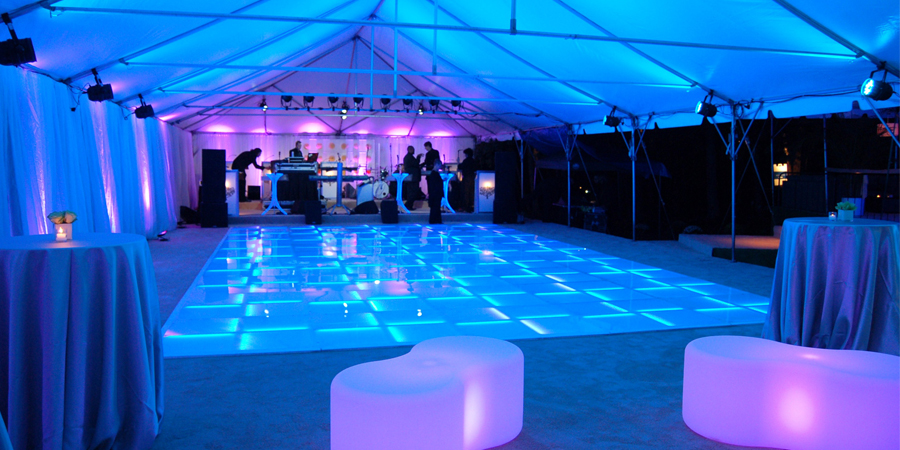Illuminating Innovation Via Hue Principles within Illuminated Dance Platform Creations
Color theory represents a important aspect of aesthetics, especially as it comes to creating light-emitting diode dancing floors. The interplay of colors can greatly affect the mood and vibe of a space. Through understanding how hues function together, creators can create an environment that improves the total experience for dancers. This article explores the basics of hue theory and its application in light-emitting diode dance floor layouts.
The main hues are crimson, blue, and yellow. These hues cannot be created by blending different hues combined. Intermediate hues, such as green, orange, and purple, are created by mixing primary colors. Tertiary hues are formed by mixing a primary color with a secondary hue. Grasping these fundamental connections helps creators select hues that enhance one another and create a aesthetically appealing display. Combining these colors on an light-emitting diode dance floor can result to vibrant and stimulating outcomes that attract the attention of participants.
Color value also plays a crucial role in aesthetics. Colors can be classified as warm or cool. Hot colors, such as crimson, tangerine, and golden, often to evoke feelings of excitement and warmth. In opposition, cool hues like blue, green, and purple typically generate a serene and soothing atmosphere. Designers can use these hue values to establish the mood for different types of occasions. For example, a celebration environment may benefit from warm hues that invigorate the crowd, while a more calm event might use chill hues to offer a calming effect.
In addition to hue pairings and temperature, brightness and intensity are essential factors to consider. Brightness denotes to how light or dim a hue looks, while intensity indicates the vividness of a color. Bright, intense hues can create a vibrant and lively atmosphere, ideal for dance floors. On the contrary hand, gentler, less saturated hues can create a more muted atmosphere. By manipulating luminosity and intensity, designers can draw focus to specific areas of the dance surface or establish sight routes, leading dancers through the space.
Ultimately, it is essential to consider the emotional effects of Continued hue in LED dance surface designs. Different hues can evoke various feelings and reactions. For example, red Discover More Here is frequently linked with passion and vitality, while azure can be calming and peaceful. Grasping these connections allows designers to tactically apply hues to influence the actions of dancers. Through integrating color principles into LED dance surface designs, creators can improve the total experience, making it unforgettable and pleasurable for everyone involved.